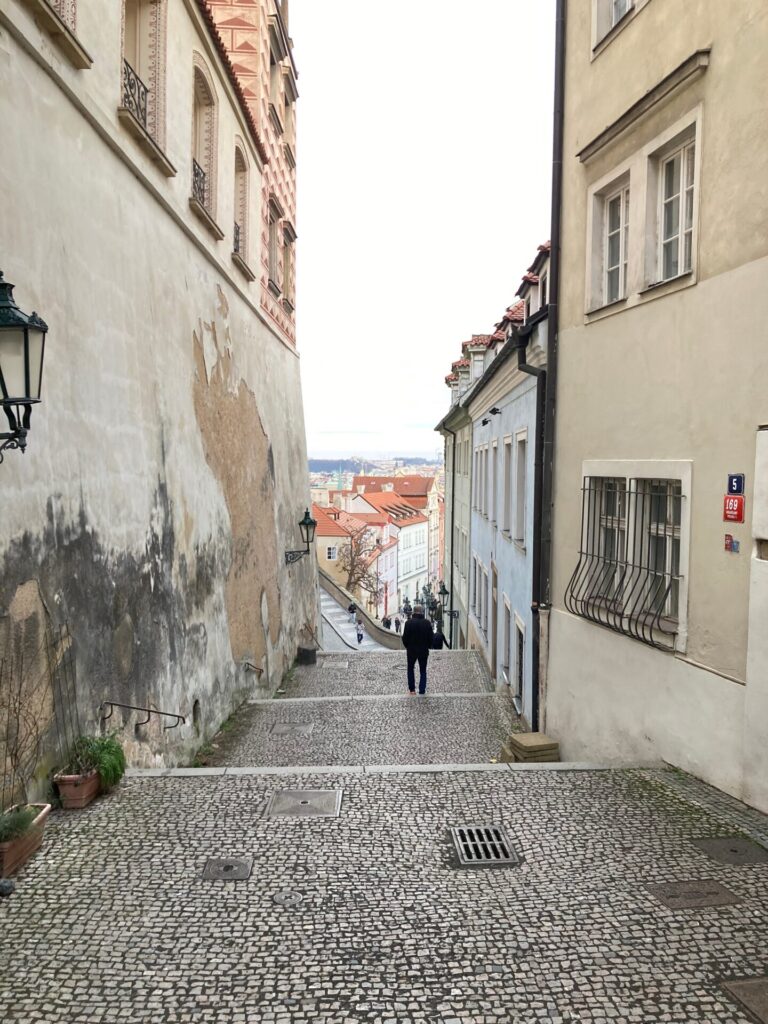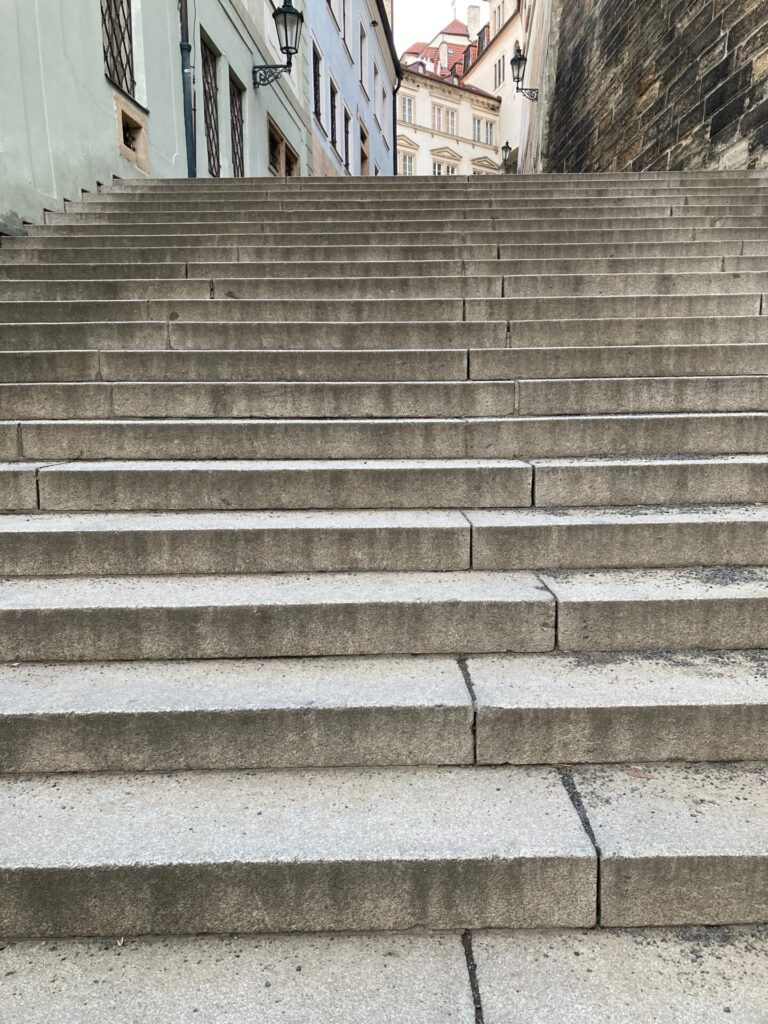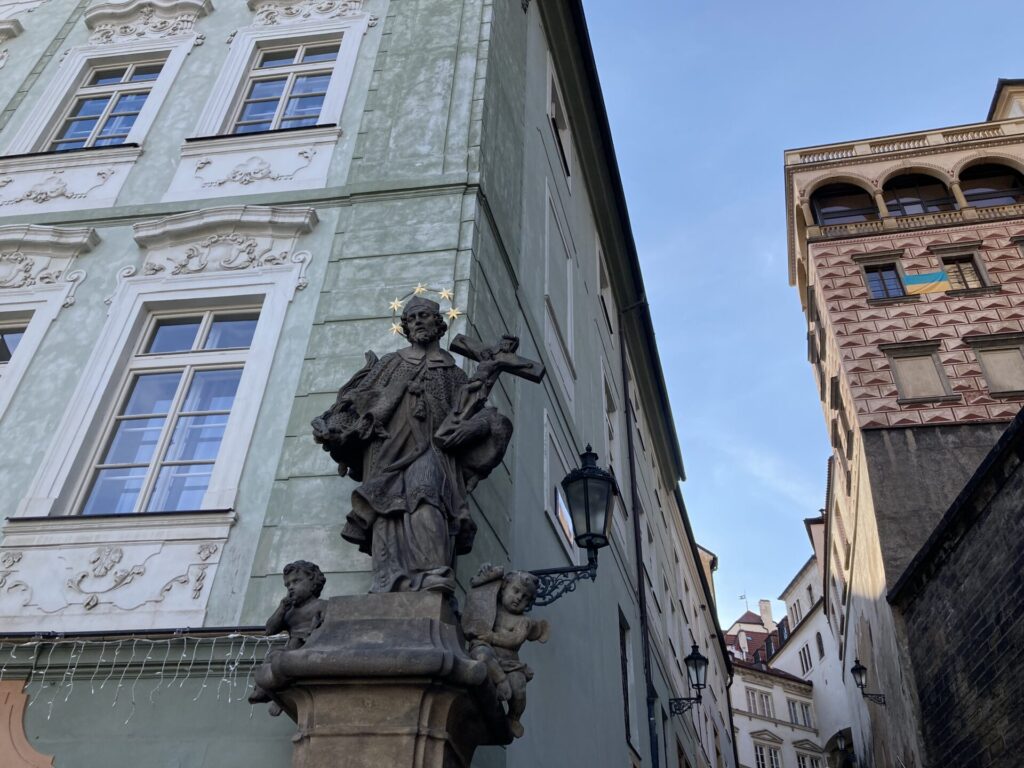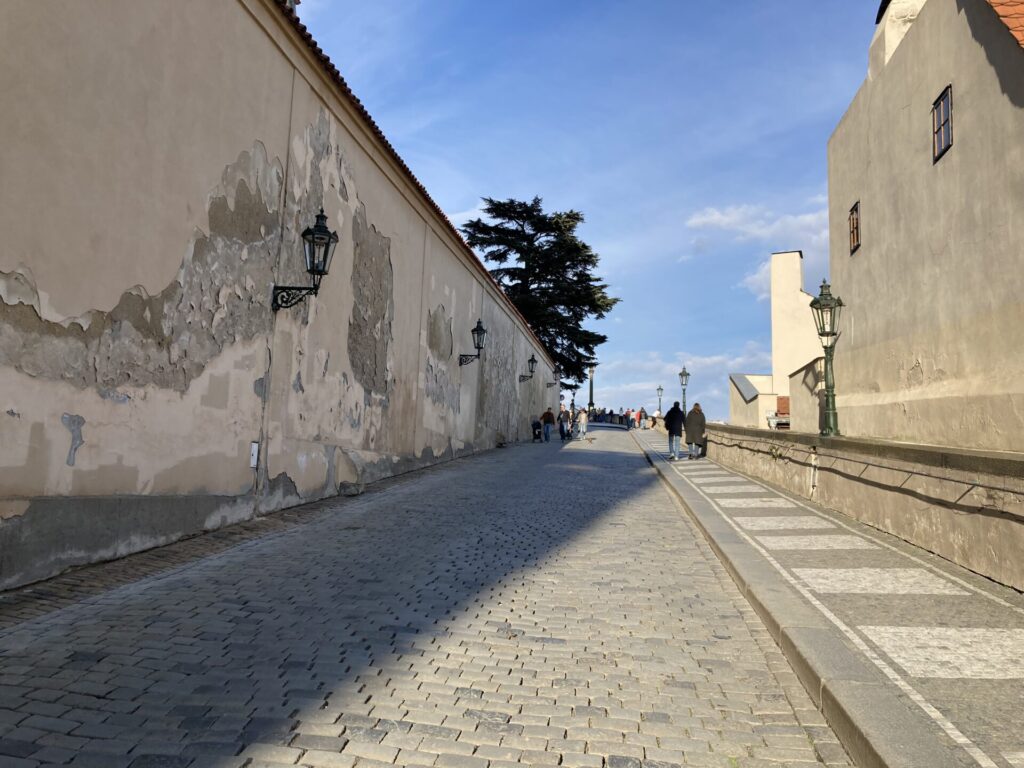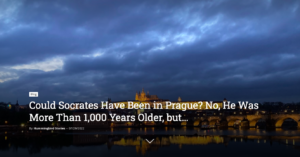The Czech proverb “To carry wood to the forest.” refers to a completely unnecessary activity. In the figurative sense of the word, the adage is used to express anything that is either unnecessary or so obvious that it does not even need to be said.
It would indeed be carrying firewood into the forest to say that any place in the Lesser Town or Hradčany is charming. There are some places, however, where this is even more true than others. One of them, for example, is Nový svět (the New World).
And the same can certainly be said about Jánský vršek Lane (translated to St. John Hill Lane). You will find it by walking down Nerudová Street to the Castle. Roughly halfway down Nerudova Street, there comes a steep decline leading you to the left. The street is divided in half. The left side has steps for pedestrians, and the right is paved and designed for horse-drawn wagons because Janský vršek is very steep at the beginning.
After all, this also applies to the entire Nerudova Street. It is so steep that people put beams (rafters) on it so the animals pulling the wagons could rest on them with their hooves. That is why Nerudova Street used to be called Sparrengasse (Rafter Street) in German from the 17th to the 19th century. There was even a well-known story from the end of the 18th century about a carriage carrying King Francis I up to the Castle. The horses could not pull the carriage, and one suddenly fell and perished in the street.
Nerudova Street ends at the Castle level, and it turns into Úvoz Street. At the beginning of the 12th century, this street was called Strahovská cesta (the Strahov Road) because the Strahov Monastery was built on the top of the hill in 1143. Sometime in the 14th century, this road became known as Hluboká cesta (the Deep Path). This corresponds to the Czech name Úvoz, meaning: a path that cuts into the terrain.
For centuries, the road through the steep Úvoz Street and then through Pohořelec was one of the few ways to get to the Castle by horse. Another option was the Castle Stairs. There were already incomplete stairs here in the 13th century. Along them was a steep road for horse riders and wagons – that’s why it was called the Steep Road. Even today, you can see from the slope of the stairs that it is a very steep hill.
Men on horseback and carriages could also reach the Castle by following the path where the Radnické schody (the Town Hall Steps) are today. A steep ravine road was here; the height difference was 30 meters. Just for interest: this locality was also called Řeznický vršek (the Butcher’s Hill) because there were several Hradčany butchers here where people from Hradčany and the Lesser Town used to come for meat.
The accessibility of the Castle was significantly improved in 1663. At that time, 127 steep steps were built on the site of the steep “butcher’s” path from Nerudova to Loretánská Street. In the same year, a path was carved in the rock from Nerudova Street up to the Castle – hence the name of today’s Ke Hradu Street (To the Castle Street).
It’s uphill to the Castle – and to say that sentence is as useless as carrying wood into the forest.






























